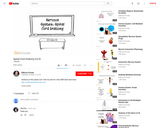
Short video on spinal cord anatomy for anatomy and physiology.
- Subject:
- Anatomy/Physiology
- Applied Science
- Health, Medicine and Nursing
- Life Science
- Material Type:
- Activity/Lab
- Author:
- Dr. Bruce Forciea
- Date Added:
- 04/05/2018

Short video on spinal cord anatomy for anatomy and physiology.

Basic anatomy of the face muscles. frontalis, procereus, nasalis, zygomaticus minor, mentalis, depressor labii inferioris, depressor angularis oris, levator...
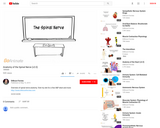
Short video on the anatomy of a spinal nerve for anatomy and physiology.

Basic anatomy of the human skeleton.
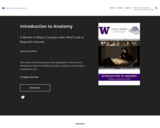
This interactive document has been designed for University of Washington School of Medicine medical students at the Spokane Foundations site.
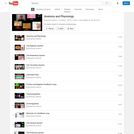
Series of videos that can be used in a Anatomy and Physiology class created by Paul Anderson- Bozeman Science
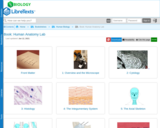
Human biology is an interdisciplinary area of study that examines humans through the influences and interplay of many diverse fields such as genetics, evolution, physiology, anatomy, epidemiology, anthropology, ecology, nutrition, population genetics, and sociocultural influences.
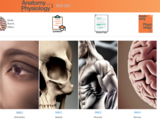
This is a full Common Course Cartridge shell for BIO 201 Anatomy & Physiology I.Updated July 2023: Updated the labs and added homework from OpenStax Assignable.
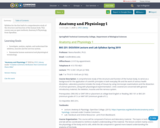
Syllabus for the first half of a comprehensive study of the structure and function of the human body. This course uses an open textbook, Anatomy & Physiology, from OpenStax.
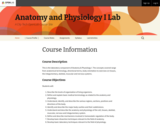
This is the laboratory component of Anatomy & Physiology I. The concepts covered range from anatomical terminology, directional terms, body orientation to exercises on tissues, the integumentary, skeletal, muscular and nervous systems.
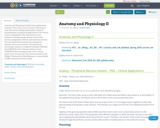
Anatomy and Physiology II syllabi and supplemental materials. This course covers a survey of the human body that stresses biological principles, chemical interpretations, and physical applications at the various levels of organization. The class lectures cover embryonic and physiologic theories of muscular, nervous, integument, skeletal, and endocrine systems. The class laboratories examine the integument, skeletal, and nervous systems. The department encourages students to complete Principles of Biology II/Lab (BIO102) and/or Chemical Science I/Lab (CHM110) before enrolling in this course. Course meets: 3 hrs. lecture; 3 hrs. lab. Course materials by Dr. Phillip T. Wong and Dr. Mark Beaumont, content added to OER Commons by Victoria Vidal.
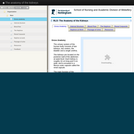
Aimed at pre-registration Nursing students studying human biology, this learning object introduces the external and internal anatomy of the kidney, including the anatomy of nephrons and corpuscles.
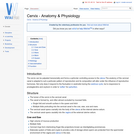
The cervix can be palpated transrectally and forms a sphincter controlling access to the uterus.The anatomy of the cervical canal is adapted to suit a particular pattern of reproduction and its composition will alter under the influence of reproductive hormones. Not only does it respond to the fluctuation in oestrodiol during the oestrous cycle, but is responsive to prostaglandins and oxytocin in order to 'soften' for parturition.

Lab Reference to accompany Openstax Anatomy & Physiology.

This lesson provides a brief overview of sexual and reproductive anatomy, and explains how to complete self exams of breasts and testicles. It reviews the basics of reproduction, and introduces the many ways of becoming parents. The final activity asks students to consider the many responsibilities of becoming a parent.

knowing anatomy of prostate, seminal vesicles and ejaculatory ducts is very important to all medical students nor only undergraduates who study basics of anatomy but also future pelvic surgeons

Short Description:
Fundamentals of Anatomy and Physiology is a textbook for biomedical, life science and health majors. The book is organised by body system and contains interactive resources to test your knowledge.
Word Count: 416894
ISBN: 978-0-6487698-5-9
(Note: This resource's metadata has been created automatically by reformatting and/or combining the information that the author initially provided as part of a bulk import process.)
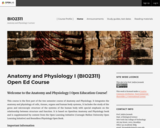
This course is the first part of the two semester course of Anatomy and Physiology. It integrates the anatomy and physiology of cells, tissues, organs and human body systems, It includes the study of the gross and microscopic structure of the systems of the human body with special emphasis on the relationship between structure and function. It is based on OpenStax Anatomy and Physiology book and is supplemented by content from the Open Learning Initiative (Carnegie Mellon University Open Learning Initative) and Boundless Physiology Open Book.
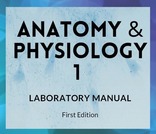
Laboratory manual for undergraduate Anatomy & Physiology 1
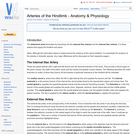
Although the information on this page is based around the anatomy of the canine hindlimb, it is essentially the anatomy of the arteries in domestic species. Any major differences will be discussed on their respective pages